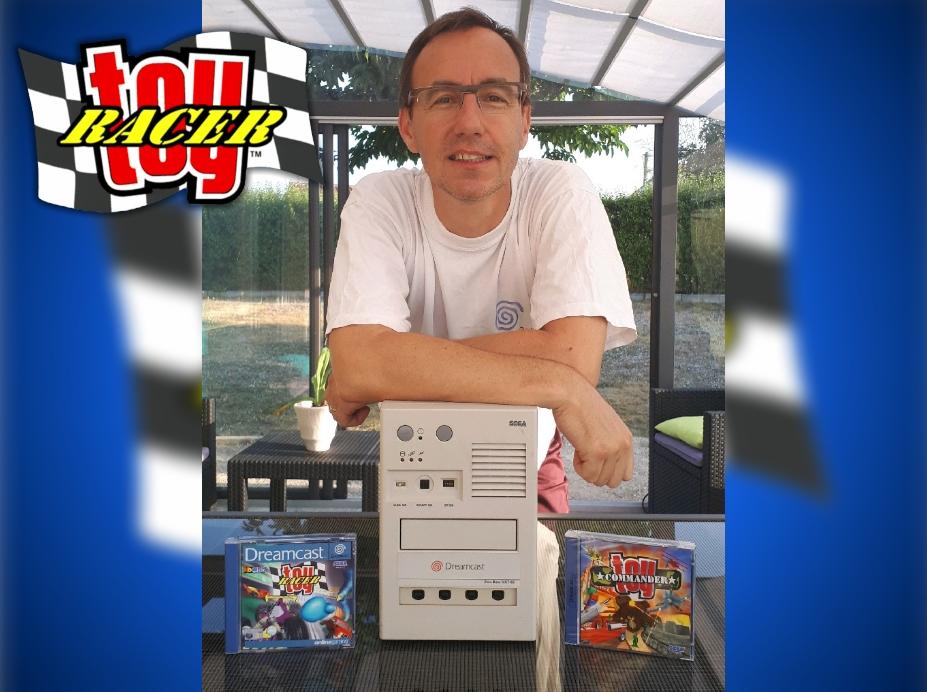
When it comes to online games on the Dreamcast, Europe had a few exclusive titles; these games included Monaco Grand Prix Online, Planet Ring, and Toy Racer. Toy Racer is probably the most well-known of these due to the fact that it was a spin-off of one of the most loved titles on the Dreamcast, No Cliche’s Toy Commander. Toy Commander is in my opinion one of the most creative and unique games on the console; which is saying a lot considering creative and unique is what the Dreamcast did best. Sadly Toy Commander didn’t make use of the Dreamcast’s in-built modem and so multiplayer was limited to local split-screen. This is where Toy Racer came in to save the day. Toy Racer took the racing segments of Toy Commander and put them into their own game, with online multiplayer to boot! It’s great fun to play online and even compete for best times in the leaderboards. The one downfall of the game is that it’s a bit sparse content-wise with only four tracks. This always lead me to believe that this was a sort of “testing ground” for a possible full-fledged Toy Commander Online in the future. We’re about to find out if my theory was correct! Toy Racer’s Project Manager, Frantz Cournil has been kind enough to be interviewed about the game and give us a bit of background on its development. Let’s dig in!
Q: Firstly I’d like to start off with your history in the gaming industry. When did you first get into game development and when did you join No Cliché?
“In 1993, just after I finished my graduate degree in computer science, I looked for a job in the video game industry. It was my dream to do videogames because I started developing small games and demos by myself when I was 13 years old (starting with a Sinclair ZX81, then on Atari ST and Amiga and finally on PC). By chance, my family said that Adeline Software studio was looking for developers to finish their new game and I got the job. The dream came true!
At this time, Adeline Software studio was in the process of developing LBA on PC (Little Big Adventure – called Relentless in the US) with Frederik Raynal at its head (creator of Alone in the Dark) and other people coming from Infogrames (Didier Chanfray, Yaelle Barroz, Laurent Salmeron and Serge Plagnol). The game was a big success and we continued with the sequel of LBA (LBA2) and Time Commando, also on PC. We also did a version of LBA for Sony PSX and a Time Commando version for Sega Saturn.
At the end of 1996, Sega was preparing their new console (Dreamcast) and they looked for studios to buy in and thus order to developed games only on their console. They wanted to buy studios on each continent (Europe, US, Asia) to make sure the games were adapted to their country. In the middle of 1997, Sega bought our studio and No Cliché was born. Nintendo was also interested (the Gamecube was in the works).”
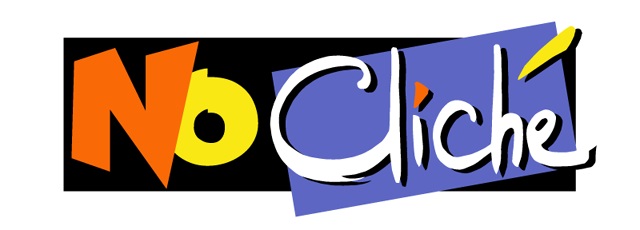
Q: What was the atmosphere like at No Cliché? Do you have fond memories of working there?
“The No cliché team was almost the same as Adeline software, so we knew each other and we were all friends. We were around 25 people (developers, graphic artists, quality assurance techs and managers), so it was a family atmosphere. We were all enthusiastic about our job, so we spent many hours by day at work. Sometime we didn’t leave the office and we slept on the sofa (not big enough). Our girlfriends came late in the evening with food to see us a lot.”
Q: Moving on to the origin story of Toy Racer. It obviously had its origins in Toy Commander so that’s a good place to begin. Where did the concept for Toy Commander come from and can you give us a bit of background on the game’s development?
“Didier Chanfray, the art director, had the soul of a child and he loved the Toy Story computer-animated film. He wanted a game in which everyone could remember their childhood and the toys they played with in their houses. All game elements are childish: the missile is pen cap, the landmine is drawing-pin, the bomb is an eraser, the car can roll-up against the wall… At the end of each level the bigboss is a big toy, a teddy bear for instance.
The multiplayer game (in split screen, up to 4 players) was an important part of the game. We tuned this functionality: you can play either in teams or individually and several modes are available (deathmatch, cat and mouse or capture the flag). And to this day, my children often play Toy Commander with their friends (my son is proud to show a picture of himself when he was a baby, in a room of the house in the game).”
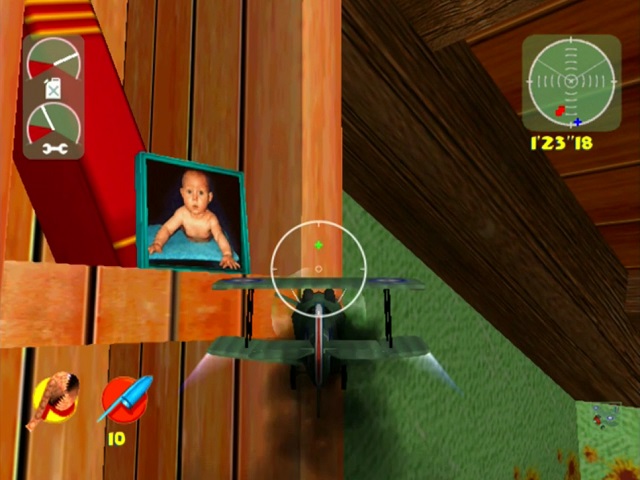
Q: After Toy Commander, you decided to make an online spin-off of sorts called Toy Racer. Whose idea was it to make an online racer based on Toy Commander?
“The Dreamcast was the first console to include a modem for online connectivity and Sega wanted to focus on and distinguish this point. They asked us to develop an online game in a very short time. It was just after the release of Toy Commander, so we decided to use the Toy Commander’s graphic universe and game engine. Frederick, Didier and I are car fans, so making a car race game was obvious.”
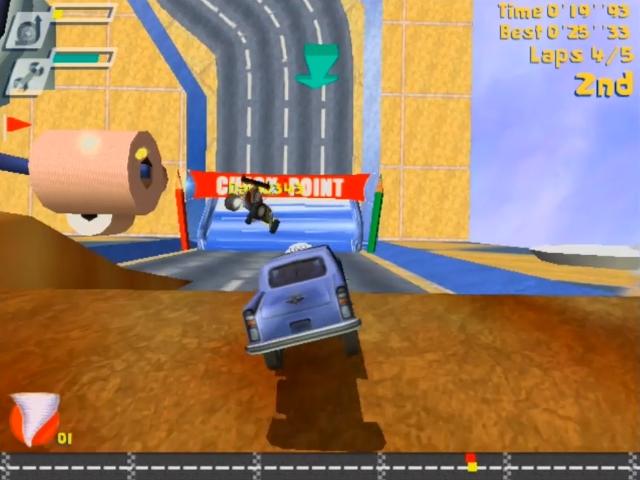
Q: Toy Racer is a blast to play but obviously a bit light on content with only four tracks and one online game mode. Was this intentional due to it being a budget game or did you have plans to add more?
“Because Sega wanted a network game right away, we didn’t have time to fine-tune the game and add tracks or vehicles. Another point, the team dedicated to Toy Racer was really small (5 people) because the rest of the team developed Agartha a survival horror game (canceled when Sega stopped the Dreamcast).
Technically speaking, it was a very big challenge for the team because it was our first racing game and first network game. At the end of the 90’s, the online speed was ridiculous and connection link unreliable but we did it. Sega also wanted to sell the game with a very small price to promote the game and online capability of the Dreamcast.”
Q: Toy Racer was only released in PAL territories. Were there ever any plans to release it elsewhere?
“No, I don’t think so. As I said before, each Sega studio was dedicated to their continent and Toy Racer was released only in Europe.”
Q: A few years ago you released the game’s server software to the public (thanks for that!) so that it could once again be played online. Were you surprised when you were contacted about reviving the game server? Did you know that there were still people playing Dreamcast games online?
“I was very pleased to be contacted by fans for Toy Racer. I asked Fredrick Raynal if I could give the server away, he accepted without hesitation. I didn’t know the Dreamcast was still “alive”. I wanted to to bring my contribution to that revival and I was happy to give the Toy Racer server.”
Q: I’ve always had a theory that Toy Racer was just a way for No Cliché to dip their toes in the water of online gaming and that there were bigger things in the works; more specifically a full-fledged online version of Toy Commander. Was that ever in the works or something that you thought about doing?
“I’m sorry but your theory falls flat. There was no plan to do an online version of Toy Commander.”
Q: The last track in Toy Racer has an Easter egg in the form of a book entitled “Agartha”; this is obviously a teaser for the survival horror game that No Cliché had in the works at the time. Whose idea was it to put this Easter egg in the game?
“I don’t remember this Easter egg. Maybe a graphic artist took this initiative by himself. During Toy Racer developement, Agartha was also under construction so it would have been a sign to indicate our next game.”
Q: In addition to the Agartha Easter egg, there’s also a calendar on the final track with Sonic the Hedgehog on it. Were there any other secrets that you hid in the game?
“Once again, I don’t remember this point. I was the project manager of Toy Racer but the team was free to add clues for our next games.”
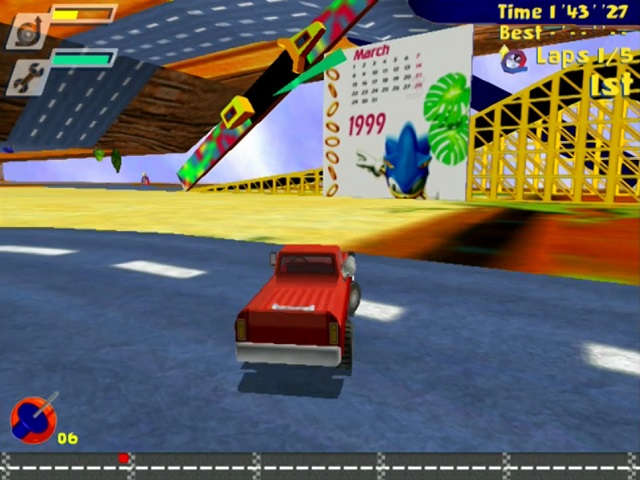
Q: The Dreamcast was obviously a pioneer when it came to online gaming on consoles. Do you think online gaming would be as prevalent today if it wasn’t for the Dreamcast paving the way?
“Obviously, a game like Quake III Arena (I worked on it for the European adaptation) was a major online Dreamcast game, better than Toy Racer. Let us give some credit where it is due.”
Q: Let’s finish off with your views on the Dreamcast in general. How does it rank among your favorite game consoles and what were some of your favorite games?
“The Dreamcast was a fine mess because it was crushed by Sony with their PSX2. My favourite Dreamcast games are REZ, Ikaruga, PowerStone, Quake III Arena, Samba de Amiga and Dead or Alive 2. The mythic Sega Rally was not as good as it should have been, due to the use of Microsoft Windows CE.”
A big thank you goes out to Frantz for answering a few questions about Toy Racer! Sadly it seems my theory about a possible Toy Commander Online has been crushed but ah well; at least we got a little taste of what that would have been like via Toy Racer. I still hope one day that Toy Commander will at least get a revival via an HD re-release with online play added…. on the Dreamcast 2… I can dream can’t I? 😛
Reader Questions
Q: Does the source code still exist? Might we ever see a GPL release (ala Quake, Doom, etc.)?
“The code still exists on backup CDs (covered in coal dust), I expect they will still be correctly readable.”
Q: What are some things you wanted to add to Toy Commander but didn’t?
“In retrospect, the beginning of the game might be more didactic because it was a little bit hard to take control of all the vehicles.”
Q: Any chance for an HD remake of Toy Racer for modern consoles?
“No way. 🙂 Except if somebody with goodwill wants to make it.”
Q: If the console (and No Cliche) had a couple more years would we have seen a significant improvement on the technical side of the games? How much unused hardware potential was there? I mean since they had not much time to learn and optimize the development on the Dreamcast.
“I would have liked to improve the multiplayer part of the game with a better framerate in the 4-player split screen. We started developing the game without the Dreamcast development kit. We only had a graphics card to put into a standard PC. The overall performance of the development kit was less than the PC version. Also the Hitachi SH4 processor was not as good as the Intel processor (Pentium) of the time. So we were a little bit disappointed of the Dreamcast hardware but SEGA’s team helped us to optimize our code.”

Inspiring interview, PC. About the source code you mentioned, any chance that this code “come to us”?
Doesn’t look like it unfortunately.
Great interview!
Great interview. Toy Commander is great and Toy Racer is a lovely little tech demo for online racing on Dreamcast. If only they’d had more time to add extra content. Anyway, thanks for this PC
Sire Cournil still has a development unit!? Come on, what’s inside =}
this is a very interesting interview! Great job!!